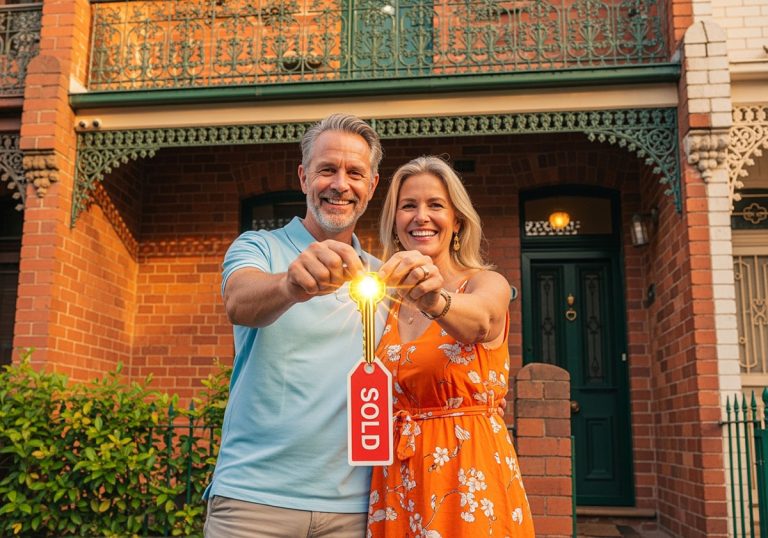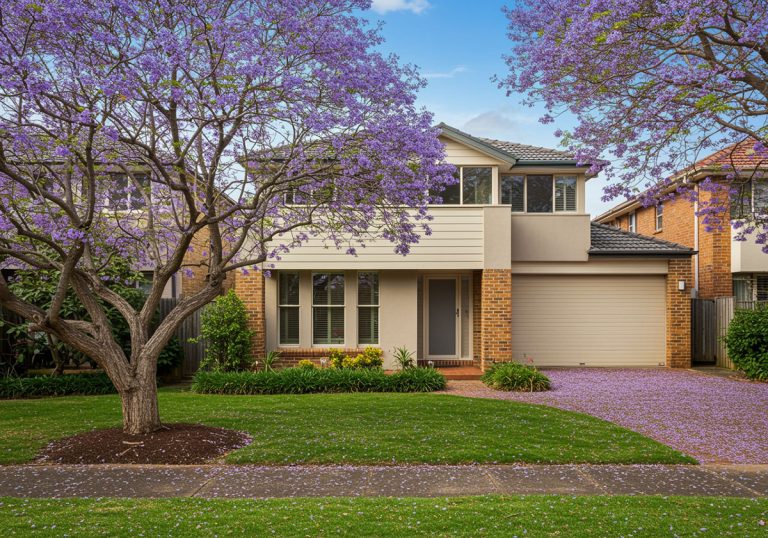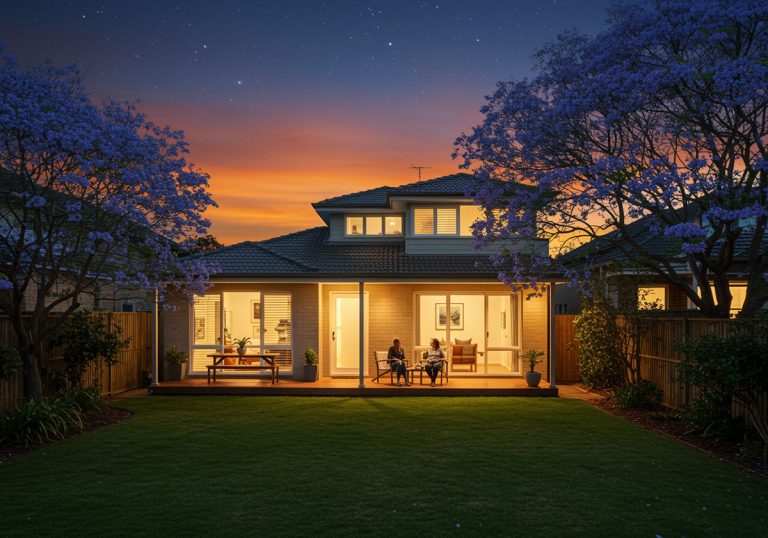The Inner West of Sydney remains one of the city’s most desirable and competitive property markets. With an array of property styles from Victorian terraces and Federation homes to Californian bungalows and art deco and post war apartment buildings, the Inner West has a rich tapestry of established homes. New builds on the other hand, are increasing in number and reflect a growing acceptance and demand for modern housing solutions in the Inner West. As experienced buyers’ agents, we are frequently asked about the comparative supply and demand dynamics between established homes and new builds. Understanding these differences is crucial for both investors and owner-occupiers seeking to make informed property decisions.
The Unique Appeal of Established Homes
Limited Supply: Why Established Homes Are So Scarce
The supply of established homes in the Inner West is exceptionally constrained. Several factors contribute to this chronic shortage:
- Tightly Held Properties: Many homeowners in the Inner West retain their properties for decades, resulting in a low turnover rate. Family homes, in particular, are often passed down through generations or held as long-term investments. According to Domain research in 2023, home owners who held their homes the longest on average anywhere in Australia were those in the Inner West suburbs of Strathfield, Burwood and Ashfield.
- Finite supply: There is a finite and ever dwindling supply of period housing in the Inner West. Supply is reduced every time an older home is demolished for a new infrastructure project or local development.
- Heritage Protections: A significant portion of the Inner West is covered by heritage conservation zones. These regulations strictly limit the redevelopment, subdivision, or demolition of existing homes, preserving the character of suburbs such as Haberfield, Annandale, and Balmain.
- Urban Density Limits: Unlike some outer suburbs, the Inner West has limited opportunities for greenfield development or large-scale infill projects. Most available sites have already been developed, and planning controls restrict further densification.
High Demand: The Enduring Popularity of Character Homes
Demand for established homes in the Inner West remains robust, driven by several key factors:
- Architectural Character: Period homes, such as Victorian terraces and Federation cottages, are highly prized for their unique features and historic charm.
- Prime Locations: Established homes are typically located in walkable neighbourhoods close to cafes, parks, schools, and public transport—attributes that are increasingly valued by buyers.
- Strong Community Identity: Many Inner West suburbs have a distinct community feel, cultural vibrancy, and established infrastructure, making them particularly attractive to families and professionals. For example, the Inner West suburb of Haberfield, the “Garden Suburb” is renowned for its consistent and well preserved Federation streetscape.
Market Impact: Price Growth and Competition
The combination of limited supply and sustained demand has led to:
- Significant Capital Growth: Suburbs such as Five Dock and Croydon have experienced value increases exceeding 100 percent over the past decade.
- Competitive Bidding: Established homes often attract multiple offers or sell off-market, with buyers willing to pay a premium for quality and location, especially when there is a limited supply.
- Low Rental Vacancy: Rental demand is equally strong, with vacancy rates at historic lows and rental yields remaining attractive for investors.
The Evolving Landscape of New Builds
Supply Pipeline: Slow but Steady Growth
The supply of new builds, particularly apartments and townhouses, is also constrained but for different reasons:
- Development Approvals: Since 2019, the number of new development approvals in the Inner West has actually declined, partly due to planning delays and increased construction costs.
- Rezoning Initiatives: The Inner West Council has recently announced plans to enable 35,000 new homes over the next 15 years, focusing on higher-density developments near transport hubs such as Marrickville and Ashfield. However, these projects will be subject to lengthy approval processes, economic feasibility and market conditions.
- Construction Challenges: Rising construction costs, labour shortages, and stricter building regulations have slowed the pace of new housing delivery.
Demand Profile: Who Is Buying New Builds?
The demand for new builds in the Inner West is strong, particularly among:
- Young Professionals: Modern apartments with amenities such as gyms, rooftop gardens, and secure parking are popular with professionals seeking convenience and low maintenance.
- Downsizers: Retirees and empty-nesters are drawn to new builds for their accessibility features with lifts and level access and proximity to urban amenities such as shops and medical facilities.
- Investors: New properties offer high depreciation benefits and appeal to tenants seeking contemporary living spaces.
However, new builds must be well-located and of high quality to attract sustained demand. Oversupplied or poorly constructed or poorly planned developments can result in weaker capital growth and higher vacancy rates. For example, in some suburbs like Dulwich Hill and Marrickville, we are seeing higher prices achieved for older style apartments that may be smaller and lacking in amenities (such as 1 bathroom instead of 2) than some brand new apartments.
Market Impact: Gradual Change, Not a Quick Fix
While the planned increase in new housing supply may ease some pressure over time, it is unlikely to fully address the region’s demand in the short term. The delivery of new stock remains slow, and the premium pricing of new developments (reflecting developer margins and government charges) can limit their appeal relative to established homes.
Comparative Overview: Established Homes vs New Builds
| Feature | Established Homes | New Builds |
| Supply | Very limited, tightly held, sometimes heritage protected | Slow pipeline, approvals lag, future rezoning |
| Demand | Extremely strong, especially for A-grade homes | Strong for quality well built apartments in good locations but varies by area |
| Investment Outlook | Proven long-term capital growth | Dependent on location, quality, and timing. Depreciation a bonus. |
Strategic Considerations for Buyers and Investors
For Established Homes
- Expect Competition: Be prepared for multiple bidders and limited stock. Engaging a buyer’s agent can provide access to off-market opportunities and expert negotiation.
- Consider Renovation Potential: Many established homes offer significant value-add opportunities through renovation or extension, further enhancing capital growth prospects.
- Long-Term Perspective: Established homes are ideal for those seeking stability, community, and proven investment performance.
For New Builds
- Assess Developer Reputation: Choose projects by reputable developers (such as Mirvac for example) with a track record of quality and timely delivery.
- Focus on Location: Prioritise new builds in established or emerging precincts with strong transport links and lifestyle amenities.
- Understand the Market Cycle: New builds may offer strong rental yields and tax benefits, but capital growth is more variable and dependent on broader market trends.
Conclusion: Navigating a Supply-Constrained Market
The Inner West property market is defined by its scarcity of established homes and a measured, but slow, increase in new builds. While both segments remain in demand, established homes continue to outperform in terms of capital growth and competition, owing to their rarity and enduring appeal. New builds offer modern amenities and may suit buyers seeking convenience or investors focused on rental returns and depreciation benefits.
As buyers’ agents, we provide expert guidance to help you navigate these complex dynamics and secure the right property for your needs. For tailored advice on buying established homes or new builds in Sydney’s Inner West, contact Buyer’s Domain—your trusted partner in strategic property acquisition.



